An Arabian Adventure: Muscat, Oman 🌍🕌
Unveiling the Enchanting Wonders of Muscat's Rich Culture and Scenic Beauty
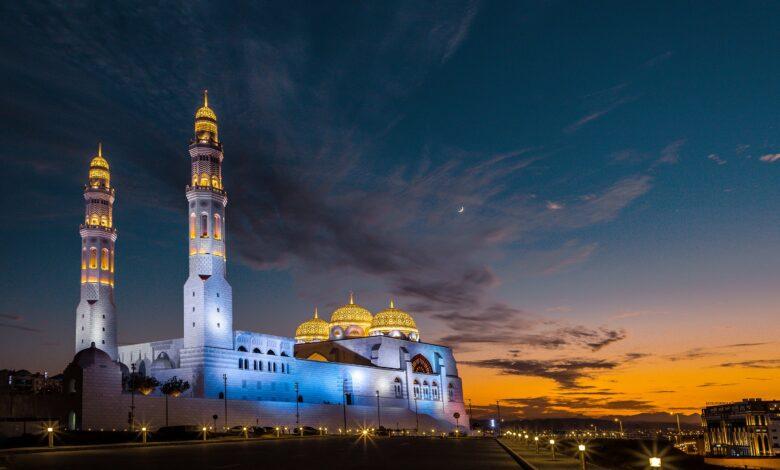
Introduction
Welcome to the heart of the Arabian Peninsula, where ancient traditions meet modern luxury – Muscat, Oman. Join us on an Arabian adventure as we traverse through the historic alleys of the Old Town, marvel at architectural wonders, soak in the natural beauty of Omani landscapes, and tantalize our taste buds with the unique flavors of Omani cuisine. Muscat, a city with a rich tapestry of history and culture, invites you to embark on a journey that encapsulates the essence of Arabian hospitality and charm.
Historical Marvels: Exploring Muscat’s Old Town
Muscat, the capital city of Oman, holds a rich tapestry of history and culture, and a visit to its Old Town is a journey back in time. Among the many historical marvels that adorn this city, the Sultan Qaboos Grand Mosque stands as an iconic symbol of Oman’s architectural and religious heritage.
Sultan Qaboos Grand Mosque: A Testament to Architectural Grandeur
The Sultan Qaboos Grand Mosque is a masterpiece of Islamic architecture, welcoming visitors with its intricate design and majestic domes. Named after the late Sultan Qaboos bin Said al Said, the mosque is a testament to Oman’s commitment to its religious and cultural identity. As you step into the courtyard, the grandeur of the mosque unfolds, with the main prayer hall featuring a stunning chandelier and a vast Persian carpet, one of the world’s largest.
Mutrah Souq: A Vibrant Tapestry of Trade and Tradition
Wandering through the historic Mutrah Souq, one can’t help but be captivated by the vibrant atmosphere and the echoes of centuries-old trade. This bustling market is a labyrinth of narrow alleys lined with shops offering an array of goods, from traditional Omani handicrafts to spices and textiles. The Mutrah Souq is not just a shopping destination; it’s an immersive experience, where the past and present coalesce in a sensory journey.
Al Jalali and Al Mirani Forts: Sentinels Overlooking the Sea
Perched on rocky outcrops, the Al Jalali and Al Mirani forts stand as silent sentinels overlooking the Gulf of Oman. These centuries-old fortifications have witnessed the ebb and flow of history, from the Portuguese occupation to Oman’s emergence as a maritime power. Exploring the forts offers panoramic views of the azure waters and the city below, providing a glimpse into Muscat’s strategic significance throughout the ages.
Introduction to the architectural masterpiece of the Royal Opera House
The Royal Opera House stands as an architectural marvel, seamlessly blending tradition with modernity. Nestled in the heart of Muscat, Oman, this iconic venue has become synonymous with cultural richness and artistic grandeur. The intricate design of the Opera House reflects a harmonious fusion of Omani architectural elements and contemporary aesthetics.
Overview of the cultural performances and events hosted at this grand venue
Hosting an array of cultural performances and events, the Royal Opera House is a vibrant hub for artistic expression. From classical operas to ballets, symphonies, and theatrical productions, the venue caters to diverse tastes. Renowned artists and performers from around the world grace its stage, enchanting audiences with captivating performances. The Opera House’s acoustically rich auditorium provides an immersive experience, making each event a memorable journey into the realms of art and culture.
Insight into the significance of the Opera House in Muscat’s cultural scene
The Royal Opera House holds a pivotal role in shaping Muscat’s cultural landscape. It serves as a cultural nucleus, fostering a deep appreciation for the arts among locals and visitors alike. Beyond its role as a venue for entertainment, the Opera House contributes to the educational and social fabric of the community. Workshops, lectures, and educational programs organized by the Opera House aim to nurture local talent and promote a deeper understanding of various art forms.
Unveiling the architectural gem’s impact on Muscat’s cultural identity
The Royal Opera House has become more than just a venue for cultural performances; it has evolved into a symbol of Muscat’s cultural identity. The blend of traditional Islamic architecture with contemporary design reflects Oman’s commitment to preserving its heritage while embracing the global stage. The Opera House stands as a testament to Oman’s cultural openness and its aspiration to be a global hub for the arts.
Future prospects and the continued legacy of the Royal Opera House
As the Royal Opera House continues to thrive, its influence on Muscat’s cultural scene is expected to grow. The legacy of this architectural masterpiece extends beyond its physical presence, leaving an indelible mark on Oman’s cultural narrative. With a commitment to artistic excellence, the Royal Opera House remains a beacon of inspiration for future generations, ensuring that the rich tapestry of Omani culture continues to unfold on its grand stage.
Basking in the Glory of Omani Landscapes
Oman, a land of natural wonders, invites adventurers to explore its rugged beauty, particularly the majestic Al Hajar Mountains. This geological marvel stretches across the northeastern part of the country, offering an awe-inspiring panorama of rocky peaks and deep valleys. The Al Hajar Mountains are a haven for hikers and nature enthusiasts, providing a challenging yet rewarding terrain to explore. As you ascend the slopes, you’ll be treated to breathtaking vistas, with the rugged landscape unfolding like a masterpiece of nature. The play of light and shadow on the rocky surfaces creates a visual spectacle, making every step a journey into the heart of Oman’s natural grandeur.
Discovering Hidden Gems in Al Hajar Mountains
Beyond the panoramic views, the Al Hajar Mountains conceal hidden gems waiting to be discovered. Remote villages nestled among the peaks offer a glimpse into traditional Omani life, with locals showcasing warm hospitality and a connection to their rich cultural heritage. Exploring these quaint settlements adds a cultural dimension to your journey, making it more than just a trek through the mountains. The Al Hajar Mountains truly stand as a testament to Oman’s untamed beauty, beckoning those who seek adventure in the embrace of nature.
Relaxation at Qantab Beach and its Pristine Shores
After the exhilarating mountain expedition, the coastal charm of Qantab Beach provides a serene contrast. Nestled along the shores of the Arabian Sea, this hidden gem is known for its pristine beauty and tranquility. The soft, golden sands invite visitors to unwind and soak in the warmth of the Omani sun. The clear blue waters gently lap the shoreline, creating a peaceful symphony that complements the breathtaking scenery.
A Coastal Oasis of Calm
Qantab Beach is more than just a picturesque coastal destination; it’s a haven for relaxation and rejuvenation. Whether you choose to bask in the sun, take a leisurely stroll along the shore, or engage in water activities, the beach offers a perfect escape from the hustle and bustle of everyday life. As the waves gently kiss the sands and the sea breeze whispers through the air, Qantab Beach becomes a sanctuary for those seeking a tranquil retreat on Oman’s coastal wonders.
Overview of the Bimmah Sinkhole and its Geological Wonders
Nature’s artistry takes center stage at the Bimmah Sinkhole, a captivating geological formation that leaves visitors in awe. Nestled amidst rocky surroundings, this natural wonder is a limestone crater filled with crystal-clear turquoise water. The sinkhole’s unique formation is a result of the collapse of an underground cavern, creating a surreal landscape that captivates the imagination.
Unveiling the Mysteries of Bimmah Sinkhole
The Bimmah Sinkhole is not merely a spectacle; it’s an opportunity to delve into Oman’s geological wonders. With its inviting waters, visitors can take a refreshing dip while marveling at the geological forces that shaped this stunning feature. Surrounded by lush greenery and limestone cliffs, the sinkhole provides an enchanting setting for nature enthusiasts and curious explorers alike. Oman’s Bimmah Sinkhole stands as a testament to the Earth’s transformative power, offering a unique blend of beauty and geological intrigue.
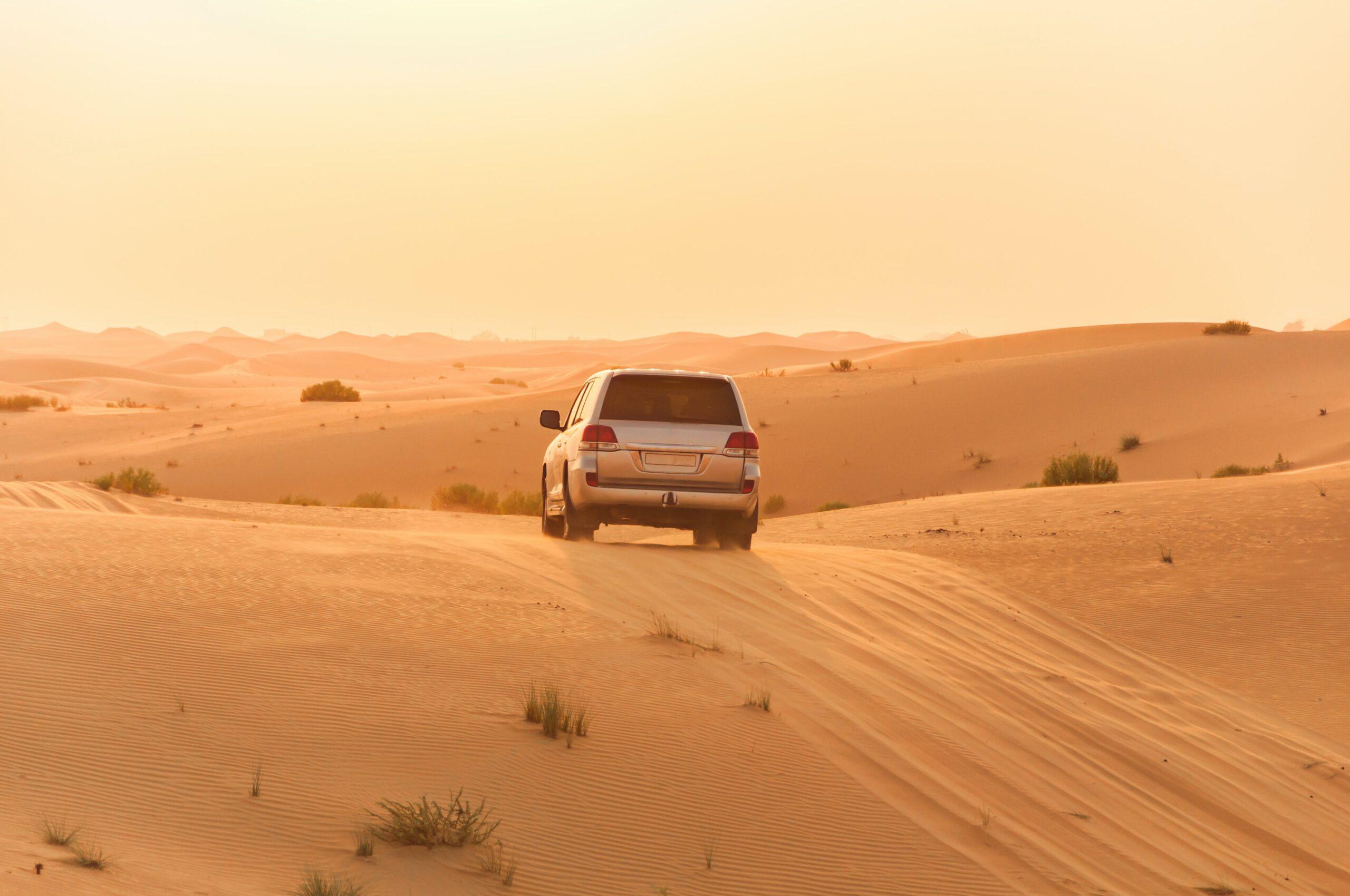
Introduction to Omani Cuisine and its Unique Flavors
Oman, with its rich history and diverse cultural influences, boasts a culinary scene that reflects the country’s unique identity. Omani cuisine is a delightful blend of traditional flavors, aromatic spices, and a touch of contemporary influences. The use of locally sourced ingredients, such as dates, honey, and fresh seafood, contributes to the distinctiveness of Omani dishes.
Culinary Exploration of Local Markets and Street Food
Embarking on a gastronomic journey through Muscat involves immersing yourself in the vibrant local markets and savoring the array of street food offerings. The markets in Muscat are a feast for the senses, with stalls overflowing with colorful spices, fresh produce, and an assortment of local delicacies. Wandering through Mutrah Souq or Nizwa Souq provides a unique opportunity to witness the hustle and bustle of daily life while indulging in delectable street food.
Recommendations for Must-Try Omani Dishes and Traditional Dining Experiences
In Muscat, a plethora of culinary delights awaits those eager to explore the local gastronomy. From the renowned Omani Shuwa, a slow-cooked marinated meat dish, to the flavorful Harees, a blend of wheat and meat seasoned to perfection, the city offers a diverse range of dishes that cater to various palates. Traditional dining experiences, such as partaking in a Majlis-style meal, where guests sit on floor cushions and enjoy communal dishes, provide a cultural immersion into Omani hospitality.
Immerse Yourself in the Richness of Omani Flavors
Muscat invites food enthusiasts to embark on a culinary adventure that goes beyond mere sustenance. The city’s culinary tapestry is woven with the threads of tradition, local ingredients, and a dash of modernity. Whether you’re exploring the vibrant markets or indulging in traditional dining experiences, Muscat’s gastronomic offerings promise a sensory delight that leaves a lasting impression. As you navigate through the streets and markets, be prepared to encounter a symphony of flavors that capture the essence of Omani cuisine.
FAQs
Q. What is the best time to visit Muscat?
A. The ideal time to visit Muscat is during the winter months, from November to March. The weather is pleasantly cool, making it perfect for exploring the city’s attractions.
Q. Is it necessary to cover my head as a tourist in Muscat?
A. While it’s not mandatory for tourists to cover their heads, it’s advisable for women to carry a scarf in case they plan to visit religious sites as a sign of respect.
Q. What are the must-visit attractions in Muscat?
A. Muscat offers a range of attractions, including the Sultan Qaboos Grand Mosque, Mutrah Souq, Royal Opera House, and the stunning Al Jalali and Al Mirani forts.
Q. Is it easy to get around in Muscat using public transportation?
A. While Muscat is not known for an extensive public transportation system, taxis are readily available, and many tourists opt for private transportation or guided tours for a more convenient experience.
Q. Are credit cards widely accepted in Muscat?
A. Yes, credit cards are widely accepted in Muscat, especially in hotels, restaurants, and larger shops. However, it’s advisable to carry some cash for smaller establishments and local markets.
Q. What is the traditional Omani cuisine like, and where can I try it?
A. Omani cuisine is a delightful mix of flavors. Don’t miss trying dishes like Shuwa (marinated meat) and Omani Halwa (dessert). Local restaurants and markets offer an authentic taste of traditional Omani food.
Q. Are there any cultural etiquettes I should be aware of in Muscat?
A. Yes, it’s important to be respectful of the local culture. Dress modestly, particularly in religious sites, and ask for permission before taking pictures of locals. It’s also customary to greet people with “As-salamu alaykum.”
Q. Can I swim in the sea in Muscat?
A. Muscat has beautiful beaches, and swimming in the sea is a popular activity. However, it’s advisable to choose public beaches with designated swimming areas for safety.
Q. What souvenirs should I buy in Muscat?
A. Muscat offers a variety of unique souvenirs, including Omani silver jewelry, traditional Omani clothing, and fragrances like frankincense and myrrh. Mutrah Souq is an excellent place to shop for these items.
Q. Are there any specific health precautions I should take when visiting Muscat?
A. While Muscat is generally safe, it’s advisable to drink bottled or filtered water, apply sunscreen due to the strong sun, and respect local customs to ensure a healthy and enjoyable visit.
Conclusion
As our Arabian adventure in Muscat comes to an end, we leave behind a city that seamlessly blends the past and the present. From the echoes of history in the Old Town to the modern grandeur of the Royal Opera House, Muscat has offered a multifaceted experience. The rugged beauty of the Al Hajar Mountains and the tranquil shores of Qantab Beach have left an indelible mark. Let the memories of Omani flavors linger as you depart, carrying with you the warmth of Arabian hospitality and the allure of Muscat’s enchanting landscapes. Until our paths cross again in this Arabian gem, may the spirit of Muscat’s charm stay with you.
UP NEXT
https://touristeyes.com/tourist-guide-and-information-of-bellagio-village-italy/
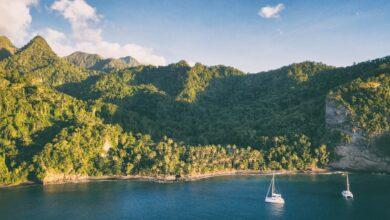
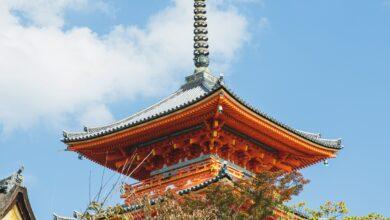

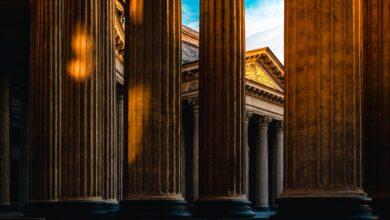
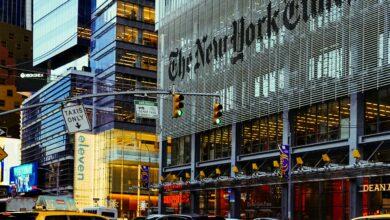
Facebook Comments